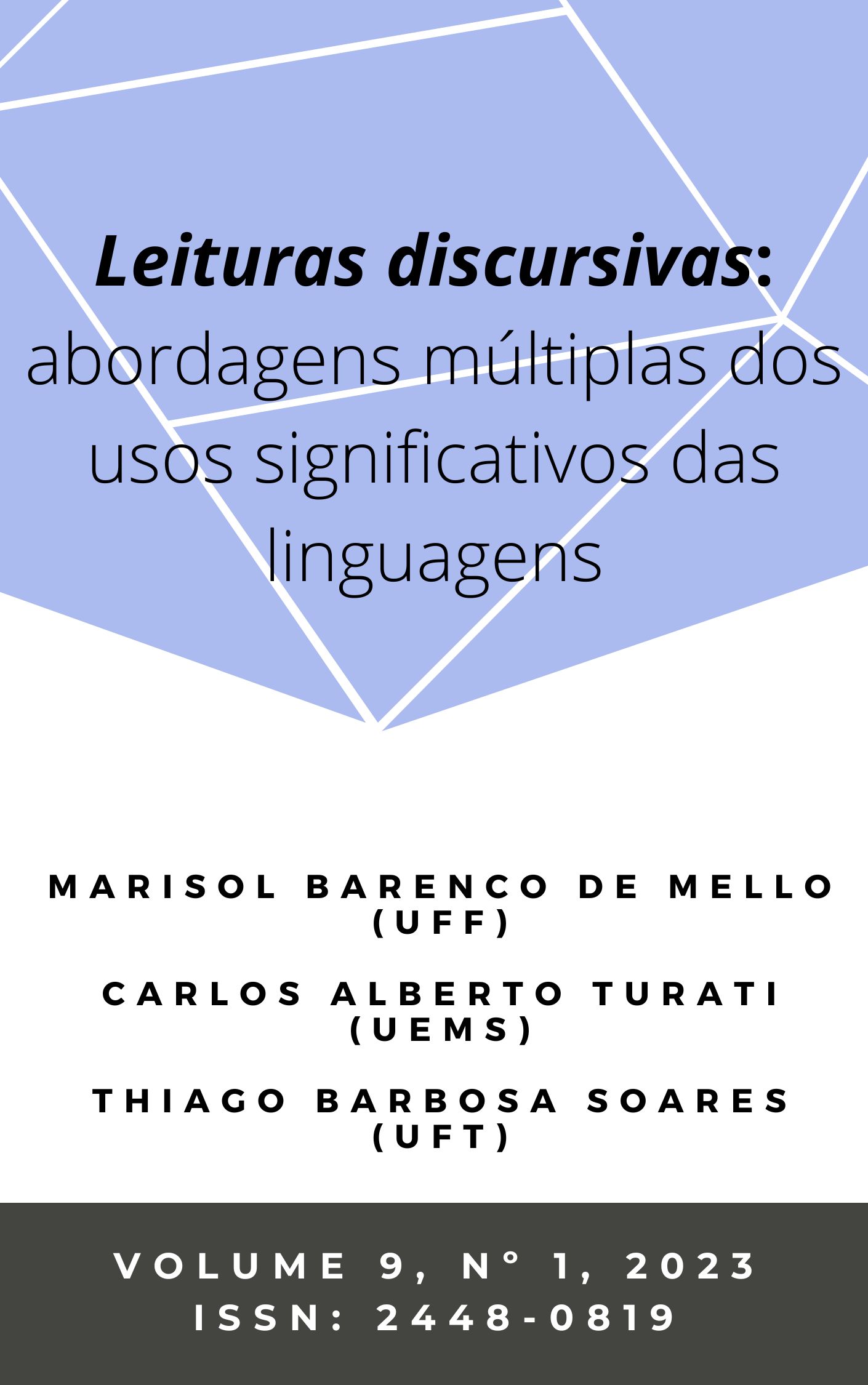PLACAS INFORMATIVAS DE ADVERTÊNCIA COM O CÃO BRAVO
AVISO DE INSEGURANÇA
Resumo
O objetivo deste estudo foi evidenciar um discurso sobre o cão de guarda no Brasil e compreender como esse discurso constitui a identificação do sujeito com uma ou outra raça, determinando preferências e relações. Para tanto, selecionamos como corpus de análise um conjunto de enunciados que se tipificam como gênero discursivo placa de advertência e que tematizam a presença de cão bravo no local ou propriedade em que a placa seja fixada. Amparados nos conceitos de condições de produção discursiva e de interdiscurso, para recuperarmos elementos de formação do processo discursivo analisado, buscamos em dados historiográficos alguns registros que simbolizam a relação com o cão de guarda na cultura clássica e na história brasileira. Após isso, analisamos efeitos de sentido produzidos em placas de advertência com o cão bravo, observando as condições de produção enunciativo-discursiva, elementos de gênero discursivo, efeitos de memória, relações parafrásticas e interdiscursivas. Como resultados da análise, identificamos que as placas de advertência não somente materializam um discurso sobre o cão de guarda no Brasil, mas também a relação com uma rede discursiva que diz sobre a violência e a insegurança como consequência da falência do estado de segurança. O discurso sobre o cão de guarda converge com o discurso armamentista da sociedade civil, de modo que em parte se compreende a preferência, na atualidade, pelas raças de cães potencialmente mais perigosas.
Referências
É mestre e doutor em Linguística pela Universidade Federal de São Carlos – UFSCar. É professor adjunto da Universidade Estadual do Mato Grosso do Sul – UEMS.
Downloads
Publicado
Como Citar
Edição
Seção
Licença
Os autores concordam com os termos da Declaração de Direito Autoral, que se aplicará a esta submissão caso seja publicada nesta revista (comentários ao editor podem ser incluídos a seguir).

